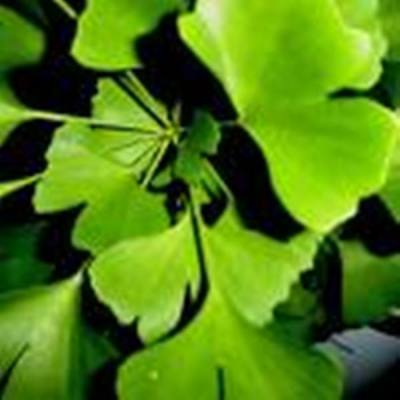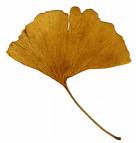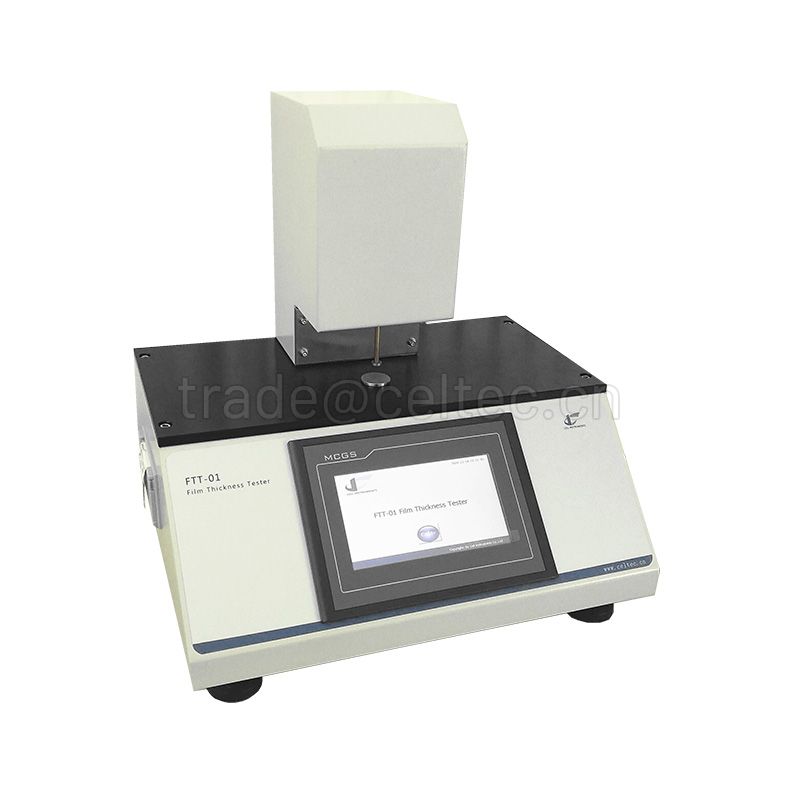Ginkgo biloba extract


BOTANICAL NAME: Ginkgo biloba
PARTS USED AND HABITAT: Ginkgo biloba is the world?s longest living species of tree; individual trees live as long as 1,000 years. Ginkgo grows most prominently in the southern and eastern US, southern France, China, and Korea. The leaves of the tree are used
.INDICATION AND USAGE: (1) Primary uses: Age-related cognitive decline; Alzheimer?s disease; Intermittent claudication. (2) Secondary uses: Atherosclerosis; Depression (for elderly people); Erectile dysfunction (of vascular origin); Macular degeneration; Retinopathy; Vertigo (3) Other uses: Asthma; Depression; Diabetes; Migraine headaches; Parkinson?s disease; Raynaud?s disease; Tinnitus
HISTORICAL OR TRADITIONAL USE: (may or may not be supported by scientific studies): Medicinal use of ginkgo can be traced back almost 5,000 years in Chinese herbal medicine. The nuts of the tree were most commonly recommended and used to treat respiratory tract ailments. A tea of the leaves was occasionally used for elderly persons experiencing memory loss. Active constituents: The medical benefits of Ginkgo biloba extract (GBE) rely primarily on two groups of active components: the ginkgo flavone glycosides and the terpene lactones. The 24% ginkgo flavone glycoside designation on GBE labels indicates the carefully measured balance of bioflavonoids. These bioflavonoids are primarily responsible for GBE?s antioxidant activity and may mildly inhibit platelet aggregation (stickiness). These two actions may help GBE prevent circulatory diseases such as atherosclerosis and support the brain and central nervous system. The unique terpene lactone components found in GBE, known as ginkgolides and bilobalide, typically make up 6% of the extract. They are associated with increased circulation to the brain and other parts of the body as well as exert a protective action on nerve cells. Ginkgolides may improve circulation and inhibit platelet-activating factor (PAF). Bilobalide protects the cells of the n
Other supplier products
|
|
Cranberry extract |
Cranberries are tart red berries that are eaten, made into decorations, and also used medicinally. The medicinal properties of cranberries can be o... |
|
|
Banaba leaf extract |
Latin Name: Musa paradisiaca
Product Type: Fine green powdered extract
Part of the Plant Used: leaf
Extract Method: Water/ Grain Alcohol
What is Ba... |
|
|
Ginkgo biloba extract |
BOTANICAL NAME: Ginkgo biloba
PARTS USED AND HABITAT: Ginkgo biloba is the world?s longest living species of tree; individual trees live as long as... |
|
|
Bilberry Extract |
1. Name: bilberry extract
2. Natural source: vauniium macrocarpon L
3. Part used: fruit
4. Appearance: deep purple fine powder
5. Specification: an... |
|
|
Giant Knotweed Extract |
Latin name: Polygonum cuspidatum sieb.et Zuec
Part used: Rhizome
Appearance: Orange or redish brown powder
Test Method:HPLC
Part of the Plant U... |
All supplier products
Same products





















